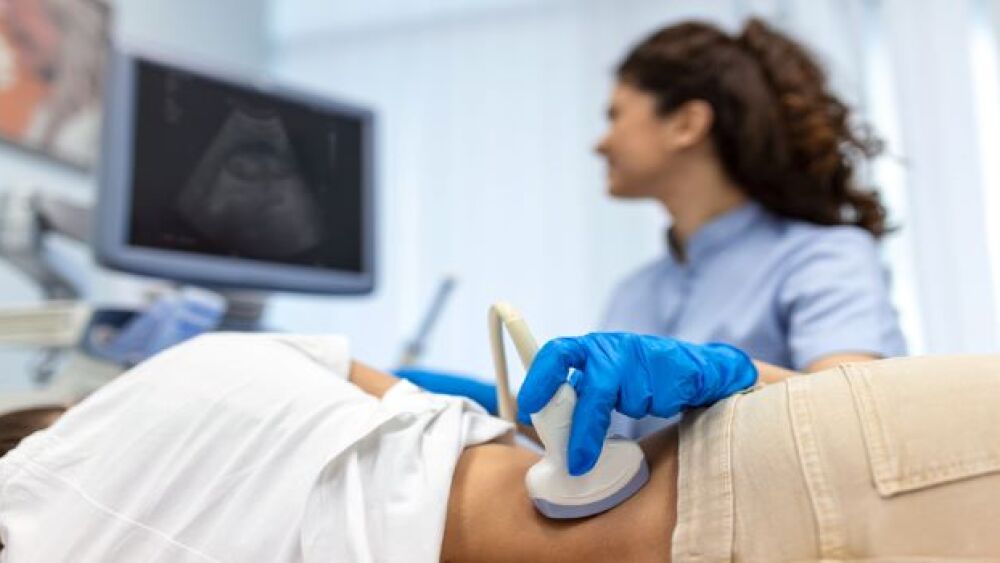The partners will combine Miromatrix’s single-use bioengineered liver with Baxter’s PrisMax system, which is designed to provide individualized therapies to patients.
Courtesy of Getty Images
Baxter and Miromatrix Medical are teaming up to develop a unique therapy for patients with acute liver failure (ALF), the companies announced Wednesday.
The partners will combine Miromatrix’s single-use bioengineered liver with Baxter’s PrisMax system, which is designed to provide individualized therapies to patients.
An Investigational New Drug application was submitted to the FDA for the therapy, dubbed miroliverELAP, in November 2022. It appears to be the first IND for a bioengineered organ, the companies reported in a press release.
Miromatrix provided an update on the IND Wednesday, stating the FDA has placed a clinical hold on the application and requested additional non-clinical and clinical information.
Miromatrix plans to submit its response to the regulator in the second half of 2023, Jeff Ross, Ph.D., CEO, said in a prepared statement.
If the IND application is approved, Miromatrix will commence a Phase I clinical trial using miroliverELAP to treat patients with ALF.
Coaxing Livers Back to Health
MiroliverELAP is intended to provide therapeutic support to ALF patients with the end goal of coaxing the patients’ own livers back to health.
The liver is a unique organ in that it has the capability to regenerate.
“Miromatrix believes that miroliverELAP has the potential to save and improve the lives of ALF patients while simultaneously increasing the availability of livers for transplant into other patients,” Ross said in the press release announcing the partnership.
If a clinical trial moves forward, Miromatrix’s bioengineered liver will be connected to Baxter’s PrisMax system outside of the patient’s body to provide external support to patients. The miroliverELAP system will be utilized as a bridge-to-transplant or bridge-to-recovery for patients with ALF, with the goal of avoiding a liver transplant.
Replicating organs from the human body is a complex process on which Miromatrix is focused.
The company’s miroliverELAP is designed to replicate the key functions of a human liver.
Miromatrix begins building its organs by removing porcine cells from harvested pig organs. This leaves behind an extracellular matrix that retains the mechanical and vascular properties of the original organ structure.
In a process known as recellularization, the scaffold is populated with functional human cells derived from donated human organs. When human cells are introduced to the remaining extracellular matrix, they have unique regenerative and adhesion properties which facilitate the construction of a functioning, bioengineered organ similar to those native to human bodies.
A preclinical study in collaboration conducted with the Mayo Clinic demonstrated that when implanted into pigs with ALF, the bioengineered liver maintained detectable hepatic health and demonstrated early liver function post-transplantation.
Miromatrix is also developing mirokidney using similar technology.





